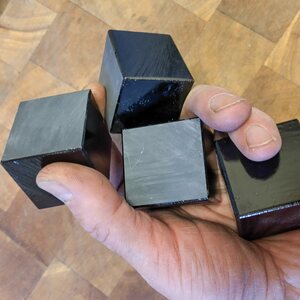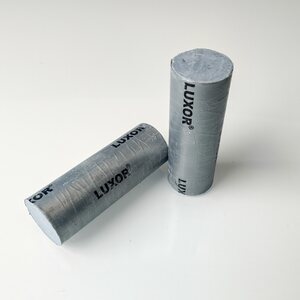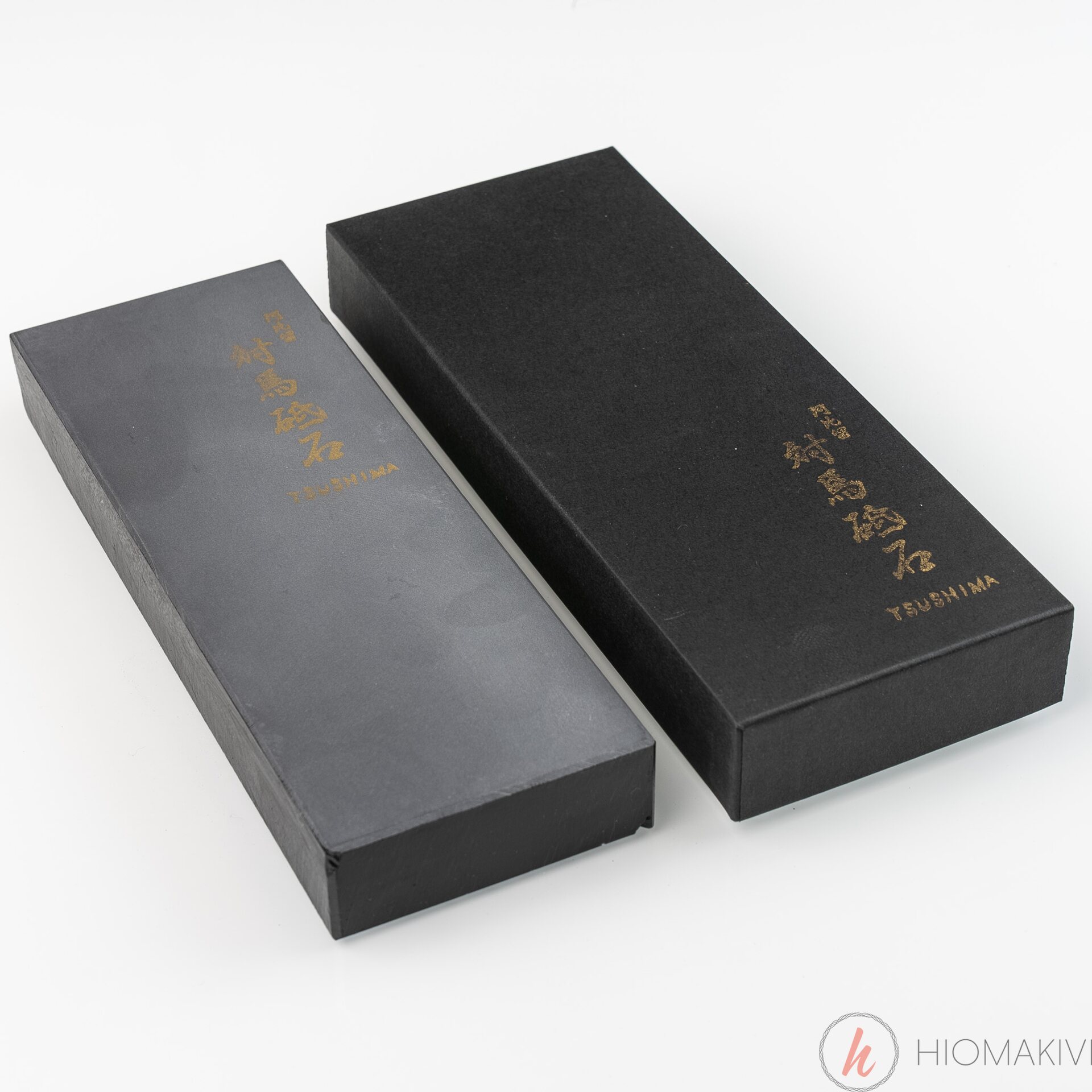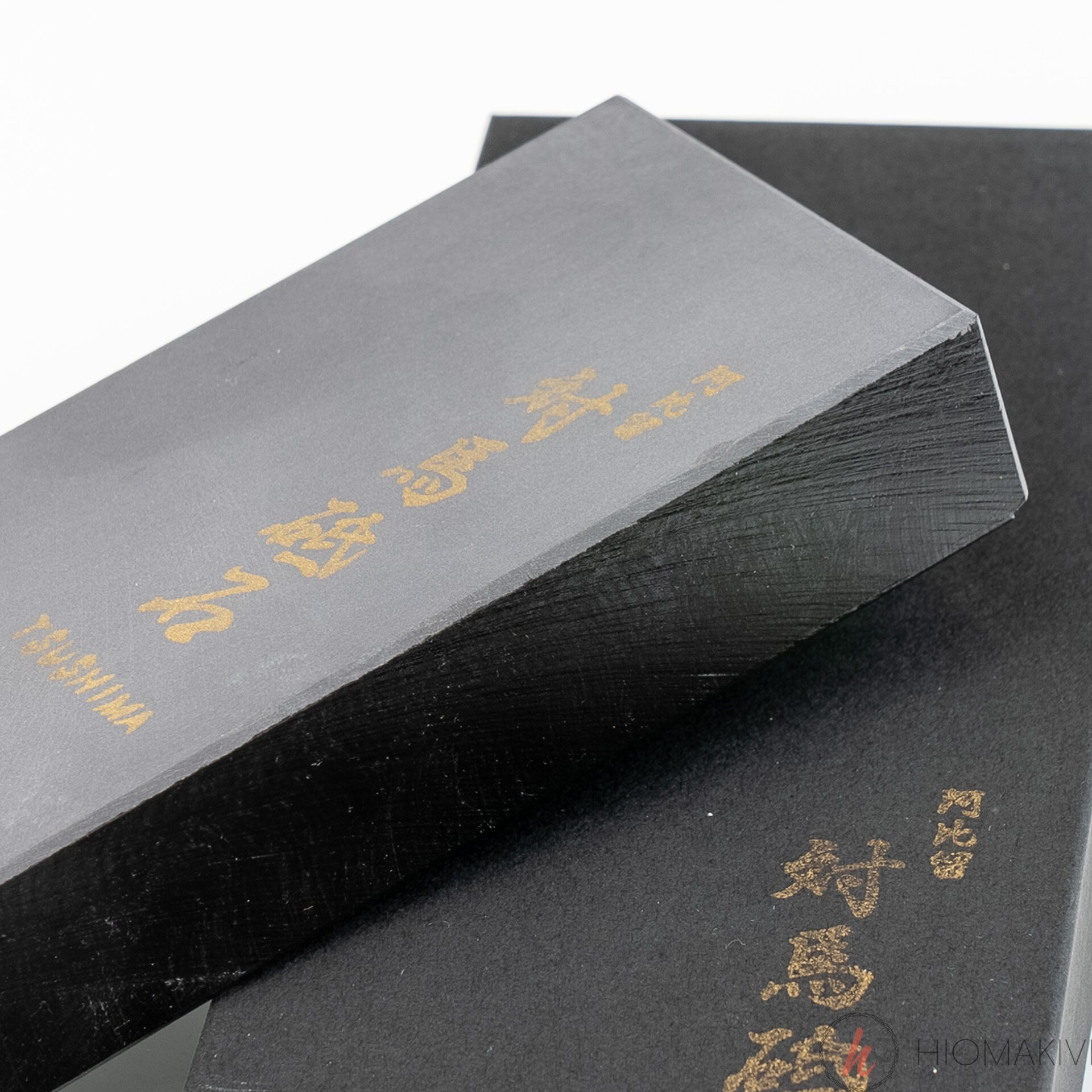
TSUSHIMA Nagura
Immédiatement
Disponibilité
Évaluations
| Note globale | (8 évaluations) |
Description du produit
La pierre naturelle Tsushima Nagura est un excellent choix, même pour les débutants souhaitant découvrir les pierres japonaises naturelles (JNAT). Elle provient de l'île de Tsushima à l'ouest du Japon, réputée pour ses pierres à aiguiser de haute qualité.
Fait intéressant
Cette pierre est extraite du fond marin à marée basse. La méthode utilisée est assez laborieuse et, selon les dernières informations, l’exploitation est en cours d’arrêt. Je vais encore recevoir un lot, mais après cela elles deviendront une rareté.
Caractéristiques
- Origine : Île de Tsushima, Japon
- Matériau : Quartz très fin
- Granulométrie : Environ 5000–6000 (équivalent synthétique)
- Longueur : 205 mm
- Largeur : 75 mm
- Épaisseur : 25 mm
- Poids : 1100 g
Une pierre naturelle n’est jamais parfaitement symétrique – les coins peuvent être ébréchés. Toutefois, la surface de travail est toujours lisse et prête à l’emploi.
Utilisation :
La pierre Tsushima est dense et homogène, idéale pour la finition. Sa dureté permet également l’aiguisage de rasoirs. Recouverte de laque sauf sur une face, elle ne doit pas être immergée – la laque protège contre l'humidité mais ne résiste pas à l'immersion.
Je l’utilise personnellement pour affûter des couteaux à fileter, têtes de tondeuses et autres lames droites.
Avantages :
- Polyvalente : Parfaite pour la finition et divers besoins
- Durable : Pierre naturelle de grande longévité
- Artisanat traditionnel : Appréciée des professionnels et artisans
Pourquoi choisir la pierre Tsushima :
Elle offre une expérience d’aiguisage unique fondée sur des siècles d’artisanat japonais. Un choix idéal pour chefs professionnels et passionnés exigeants.
Nous recommandons TSUSHIMA Nagura Cube pour renforcer le slurry de surface.
ATTENTION !
Les pierres "Splash-and-Go" ne doivent pas être stockées longtemps dans l’eau. Utilisez uniquement la quantité d’eau nécessaire pour la pierre. Ne plongez pas la pierre dans un bassin d’eau. Après l’aiguisage, essuyez immédiatement la pierre avec une serviette pour la nettoyer et lancer le processus de séchage. Laissez sécher la pierre dans une position où elle ne touche pas de surface dure – par exemple posée sur un stylo. Laissez-la sécher lentement et naturellement, sans source de chaleur supplémentaire. Ne l’exposez pas à la lumière directe du soleil, et ne la laissez pas geler si elle est encore humide. Le séchage prend plus de 24 heures. Conservez la pierre à l’abri des chocs, par exemple dans sa boîte, sans l’emballage à bulles d’origine. Ne placez pas la pierre humide dans un sac plastique.
Poids
1,1 kg
(avec l'emballage de vente 1,4 kg)
Pays de fabrication
CommentairesCommenter
Les produits souvent achetés avec ce produit :










